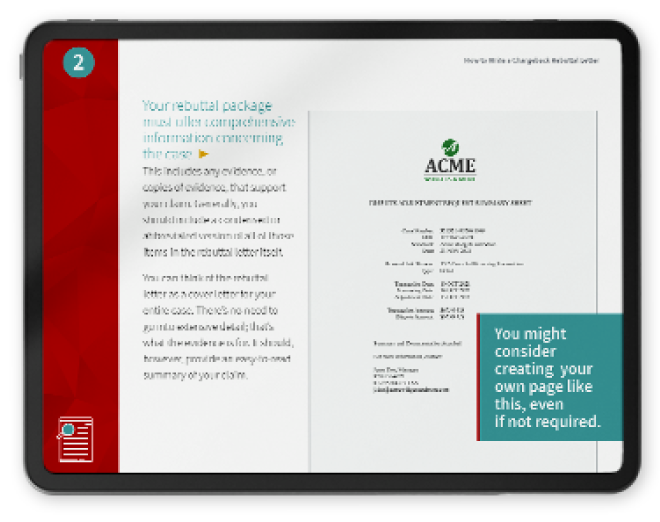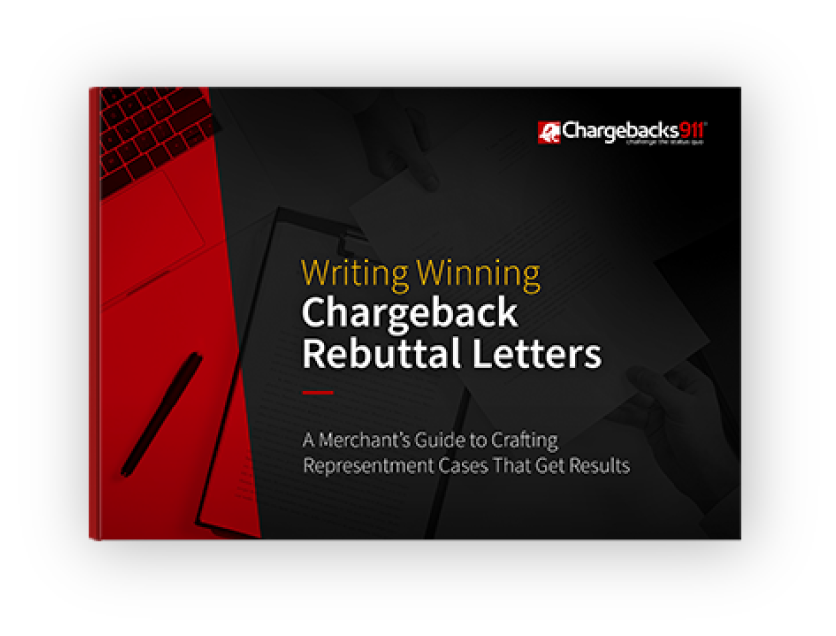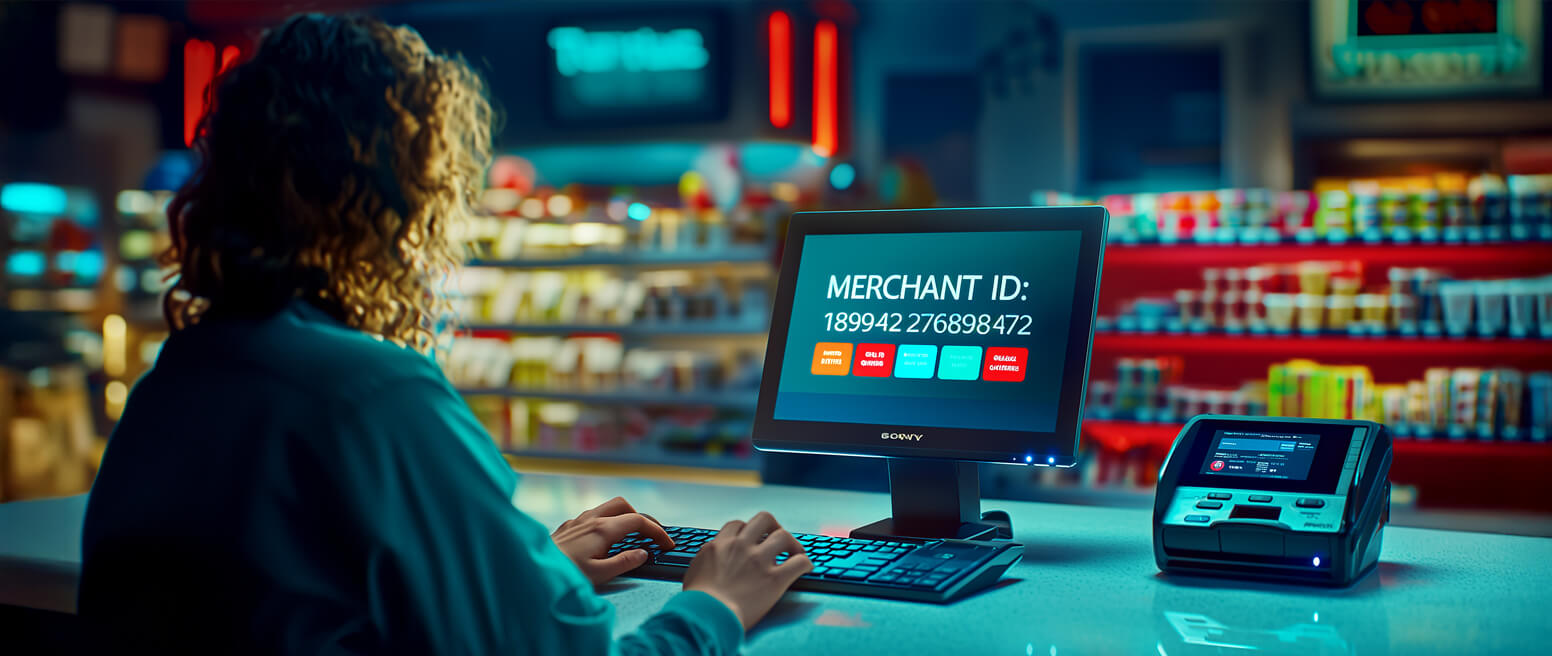What is a Return Item Chargeback? Is it the Same as a Credit Card Chargeback?
Despite what the name implies, you may be surprised to learn that a return item chargeback isn’t a chargeback at all. At least, not in the way we usually talk about them.
We get it. Just when you think you’ve got a handle on the chargeback terminology, the industry throws you a curveball. Not to worry, though: we have your back.
The best way to explain what is a return item chargeback would be to start by examining what they’re not.
In this article, we’ll examine what a return item chargeback is, and how it differs from traditional chargebacks. We’ll also discuss the confusing bank jargon associated with return item chargebacks, and how this payment mechanism affects merchants and consumers.
Recommended reading
- Issuer Declines: 7 Reasons They Happen & How to Fix Them
- Merchant Identification Numbers | How Do MIDs Work?
- Why is My Bank Account is Under Investigation?
- What is a Payment Processor | How Processors Work
- What are ISO Agents? What is Their Place in Payments?
- What Is an Acquirer Reference Number (ARN)? And How to Find
What is a Return Item Chargeback?
- Return Item Chargeback
A return item chargeback is a fee assessed to a banking customer who attempts to deposit or cash a third-party check, but said check is rejected. These fees occur as debits to the consumer’s checking account.
[noun]/rə • tərn • ī • dəm • charj • bak/
A return item chargeback is something a bank issues to their own customer. A return item chargeback lets the bank retrieve funds from the customer’s account after a deposit from a third party is rejected. This typically involves an old-fashioned paper check; it doesn’t even involve a credit or debit card.
To illustrate this concept, let’s look at Bank of America’s Personal Account Fee Schedule. Specifically, let’s examine the Other Account Fees and Services: Miscellaneous section. Here, they define a return item chargeback fee as a charge applied “each time a check or other item that [Bank of America] either cashed for [the account holder] or accepted for deposit to [the account holder’s] account, is returned to us unpaid.”
You're not far off if you think that sounds like a bounced check fee. The difference mostly depends on whether the check was written to fulfill a debt, or if it was deposited or cashed.
Return Item Chargeback vs. Payment Chargeback: What’s the Difference?
With a standard chargeback, a customer files a dispute against a merchant to recover funds. This is an interaction between a cardholder and a merchant, centered on a payment card transaction. In contrast, a return item chargeback is a filed by an issuing bank against one of the bank’s customers, typically for writing a bad check.
When we use the word “chargeback,” we’re most often referring to a forced transfer of funds from a merchant to a consumer. Designed as a consumer protection device, chargebacks serve as a last resort for cardholders who are victims of fraud or dishonest merchants.
The bank may initiate a chargeback if a customer disputes a payment card purchase but cannot resolve the issue by dealing directly with the merchant. At that point, the cost of the transaction is transferred directly from the merchant’s account to the cardholder’s account. You usually have no input on this decision; in fact, you may not even know about it until you’re notified after the fact.
Despite the name, a return item chargeback is not a credit card transaction dispute. Using the word “chargeback” in the name makes it sound like a transaction dispute. Here, though, the process does not revolve around credit cards. Also, any fees are paid by consumers, not merchants.
Bottom line: the word “chargeback” is used to label two different processes that have little to do with each other.
So, if a return item chargeback isn’t a payment card chargeback, do merchants need to worry about them? For the most part, the answer is “no.”
That said, understanding what they are and how they work is still a good idea. So, with that in mind, let’s take a high-level look at their functions and usage.
Return Item Chargebacks Vs. Overdrafts and NSFs
Most people understand a bounced check. A customer writes a check to a business, which is used to pay for a purchase. If the check doesn’t clear, the bank can either pay the item and overdraw the account (making it an overdraft item) or return the item unpaid (marked “NSF” or “Non-Sufficient Funds”).
Either response results in a penalty fee to the consumer, and if your bank has to “bounce” the check, there may also be a fee assessed to your merchant account. However, none of these charges are considered return item chargeback fees.
A return item chargeback is an entirely different animal. Here, the merchant is rarely part of the equation.
With a return item chargeback, the customer goes to their bank and deposits or cashes a check from a third party. If that check bounces, it’s labeled a return item chargeback, and the customer is hit with a fee.
Typically, these fees run less than those for overdrafts or NSFs. Either way, the merchant isn’t fined because no sales transaction occurred. The only way a merchant is involved in a return item chargeback would be if they were the party writing the check that bounced.
Return Item Chargebacks According to Banks
While it’s a pain that a bank would use a variation of the same term for two different things, they’re hardly the only culprits. “Return item chargeback” is just a general term; different banks use their own terms to refer to this mechanism:
BoA also uses two other terms — deposited item returned fee and cashed item returned fee — for variations of the same process!
The lack of standardized terminology is confusing enough. Still, when one of those terms is used for both a customer checking issue and as well as an unrelated, merchant-oriented process, it only makes matters worse. It would be easy to pay too much—or not enough—attention to the wrong issue if you don’t have a complete understanding of both terms.
How Do Return Item Chargebacks Affect Merchants?
Return item chargebacks are mostly an issue between banks and individual depositors, so they typically don’t affect merchants.
Merchants can be on the receiving end of a return item chargeback if they receive one from their bank, though. Banks can levy bounced check fees (the conjugate to return item chargeback fees) against merchants for writing bad checks.
The best practices that can help merchants avoid these chargebacks are largely the same as those used by individual consumers. We recommend:
Merchants who write checks must keep accurate, thorough, and up-to-date records at all times. Let’s say a merchant writes a check to purchase inventory from a vendor, for instance. That merchant should immediately debit the amount of the outgoing check against their available checking account balance in their books.
In general, merchants should not rely on the available balance figures displayed on their bank account statement. Be aware that actual cash balances available for future transactions are often lower than the figures cited by their banks. This is because checks take time to clear, and checking account balances may not account for outgoing debits during this period.
Using a system that accounts for incoming and outgoing checks, plus cash in transit, can help merchants understand how much they actually have on-hand and in real time.
A merchant who realizes they wrote a bad check can avoid bounced check fees, but only if they catch the error quickly.
If a merchant identifies a bad check before it is cashed by the recipient, they should immediately contact their bank and request a stop payment order. Doing so cancels the check so that funds cannot be collected by the payee. If the transaction was legitimate, the merchant can then re-issue a good check (i.e. one drawn against sufficient funds) to the recipient.
Generating reliable cash flow is not always easy. Merchants who operate in lower margin industries, or those who import inventory from suppliers with less generous credit terms, may encounter cash flow issues with some regularity.
One solution may be to engage in more in-depth, longer-term budgeting. This lets merchants accurately forecast and make provision for times when cash is tight. Doing so can help merchants avoid inadvertently writing bad checks during slow seasons.
Establishing cash reserves for “lumpy” expenses like taxes and repairs, reducing accounts receivable days, lengthening the timeline for payables, and saving for anticipated capital expenditures can help manage cash flow. And, by extension, avoid return item chargebacks.
What About Other Types of Chargebacks?
It’s good that merchants don’t need to worry about return item chargebacks. However, that hardly negates the fact that chargebacks are a growing threat to merchants’ revenue and long-term viability.
At Chargebacks911®, we work with merchants to create sustainable chargeback management strategies. We also help non-industry people interpret the stress of confusing banking jargon and simplify the complex, multifaceted layers of codes and regulations associated with chargebacks.
Have questions about merchant chargeback management? Click below and learn more.
FAQs
Why does my check say return item chargeback?
Your bank may charge you a return item chargeback fee if a check you deposit bounces due to insufficient funds.
What happens after return item chargeback?
After a return item chargeback, the bank notifies the customer and charges them a fee for depositing or cashing a rejected third-party check.
Are returns considered chargebacks?
No. Returns are not considered chargebacks. Returns involve a voluntary reversal of funds by merchants to customers. On the other hand, chargebacks are filed by cardholders due to factors like defective goods, merchant billing errors, or friendly fraud.
How much is a return item chargeback?
Returned item chargeback fees vary depending on the bank, but typically range from $9 to $20 per occurrence.
What does chargeback mean on a check?
A chargeback on a check is a fee the bank charges a customer for writing or depositing a bad check.
What is the difference between a chargeback and a refund?
The difference between a chargeback and a refund is that a chargeback is filed by a cardholder due to defective goods, unauthorized activity, merchant billing errors, or friendly fraud.
A refund, meanwhile, is a transaction initiated by a merchant after a customer returns or exchanges a product.















